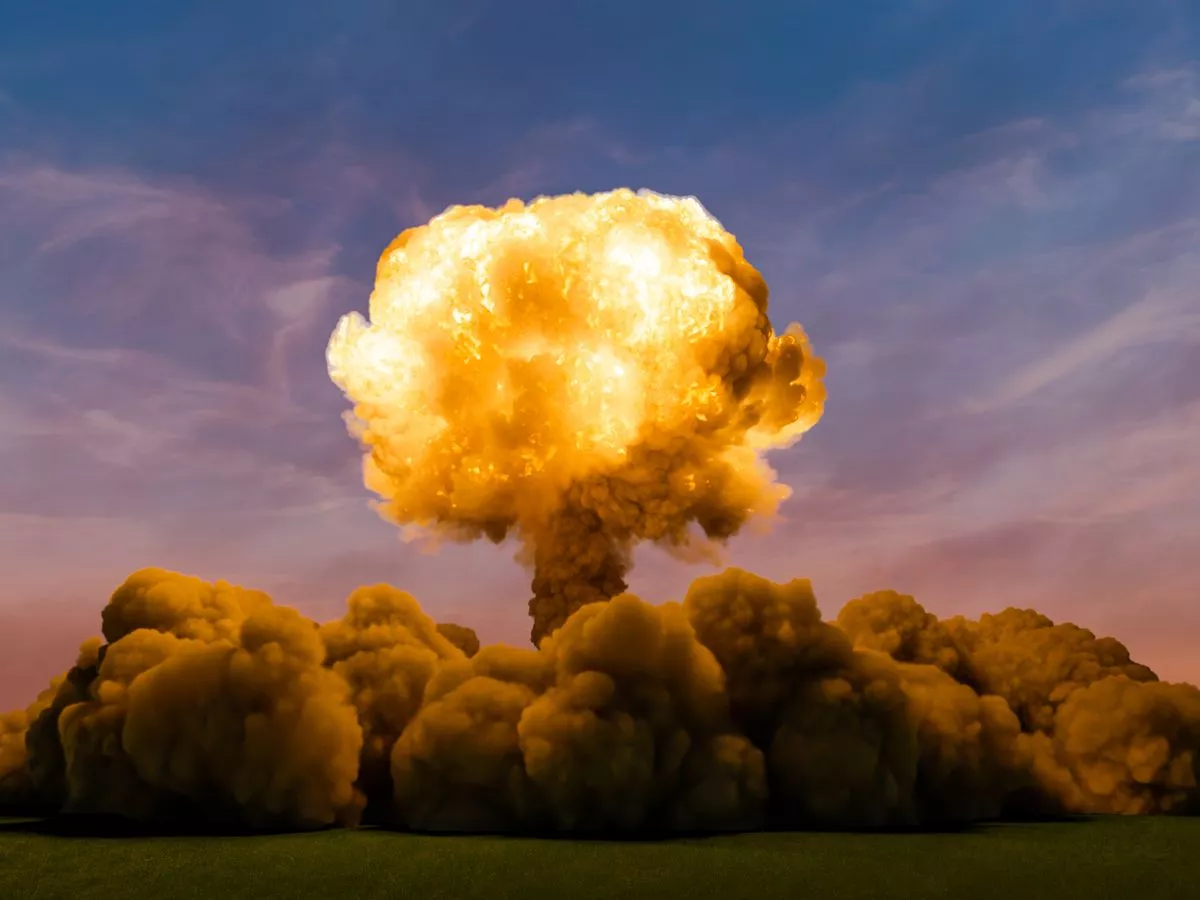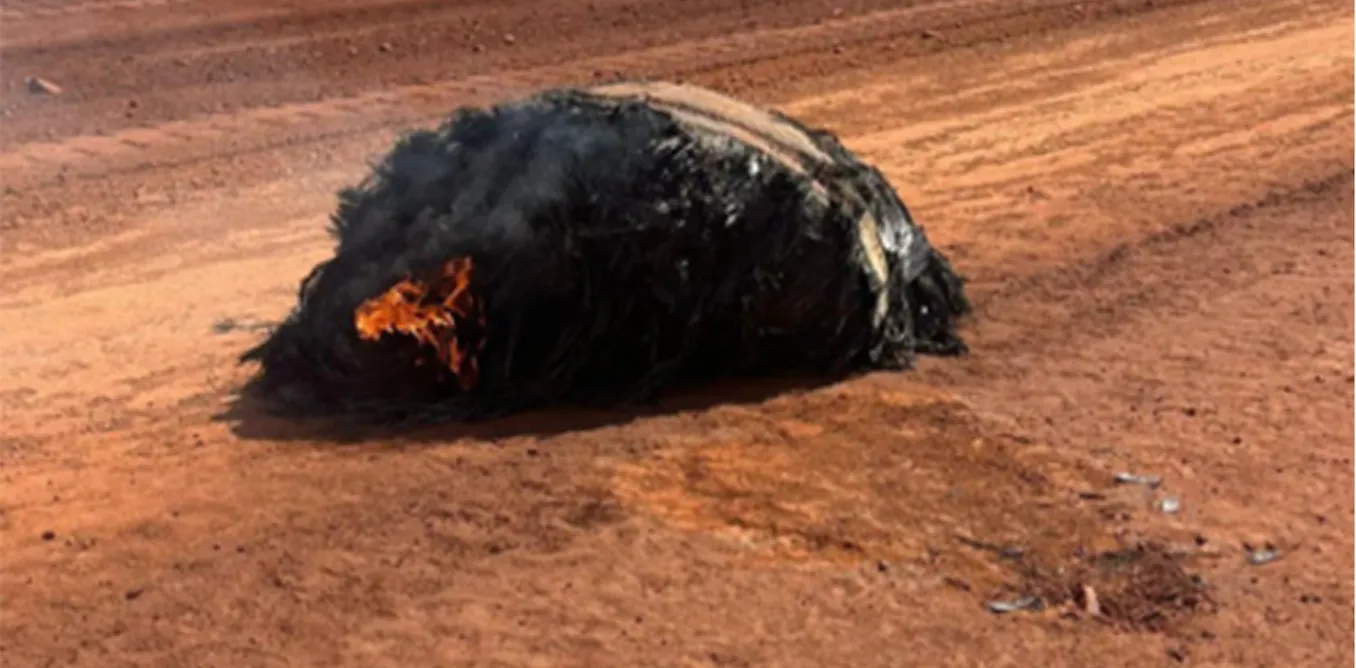Copyright dailyrecord

Fears have grown about the threat of a nuclear attack on the UK. RAF Lakenheath in Suffolk, operated by the USA, is widely expected to receive US/NATO nuclear weapons in the near future. This development places Britain on the frontline of escalating tensions between the US and Russia as global conflicts intensify. Housing American nuclear weapons on English soil dramatically increases the nation's vulnerability to nuclear strikes. Military experts suggest that in the event of war, Lakenheath would likely be targeted first before additional attacks across Britain, reports the Express . Whilst a nuclear conflict between the US or NATO and Russia would prove devastating for everyone, it's crucial to grasp the direct consequences for communities throughout the UK. The Campaign for Nuclear Disarmament (CND) warns: "A single nuclear strike on any town or city would be catastrophic for the local community and environment, and the radioactive impact would spread much further. "But a nuclear war would be catastrophic for all humanity, forms of life, and the entire planet. Yet the possibility of nuclear war is the greatest for many decades." Their report reveals that if a Russian warhead, such as an SS-25 or SS-27, were to be dropped in the heart of London, nearly a million people would perish. Similarly, a strike on Glasgow could result in 326,000 casualties, while in Cardiff, 196,000 individuals would lose their lives. The epicentre of the nuclear explosion is believed to reach a staggering temperature of several million degrees centigrade. Consequently, a heat flash would vaporise all human tissue within an area of 1.5 square miles. In 1945, when the United States detonated two atomic bombs over Hiroshima in Japan, all that was left within a half-mile radius were shadows burnt into stone. The aerial bombings resulted in up to 200,000 deaths, the majority being civilians. It's believed that anyone in buildings up to four miles away from the explosion would be killed by both the blast and the impact of the heat on the buildings, which would ignite. Moreover, individual fires would start, creating a firestorm as all the oxygen in the area would be consumed. When heat ascends in this manner, air is drawn in from the outskirts at ground level. This would result in hurricane-force winds of intense fire and individuals seeking refuge underground, while they might have survived the initial blast, would perish due to oxygen deprivation. The report indicates that the immediate death rate in this area would exceed 90%. Further afield from the zone facing immediate destruction, there would be a gradual increase in fatalities among those who survived the initial explosion. Approximately seven miles away from the blast site, people would sustain fatal burns or require amputations, while others would be blinded or suffer internal injuries. Unlike a typical disaster, the mortality rate would be shockingly high as the majority of emergency services would be unable to respond with their own staff killed and equipment destroyed. The enormous number of casualties would simply overwhelm the UK's medical resources, as individuals up to 11 miles away could even sustain injuries from shattered windows or structural damage. In the following days, even those fortunate enough to survive would now be impacted by the radioactive fallout, with most dying within a week. This would manifest in various ways, from hair loss to bleeding gums, fever, vomiting, delirium and even internal bleeding. Even those subjected to lower levels of exposure could face serious health issues. For instance, pregnant women are at a heightened risk of miscarriage and birth complications. Additionally, the long-term effects could lead to radiation-induced cancers in many civilians, even up to two decades post-exposure. It is believed that children born to those exposed to radiation have a higher statistical likelihood of being born with abnormalities and suffering from leukaemia. Beyond public health, nuclear weapons inflict severe damage on the environment and climate, unmatched by any other weapon. Predictions following a nuclear war suggest that disruption to the climate and its impact on food production could put two billion people at risk of starvation.



